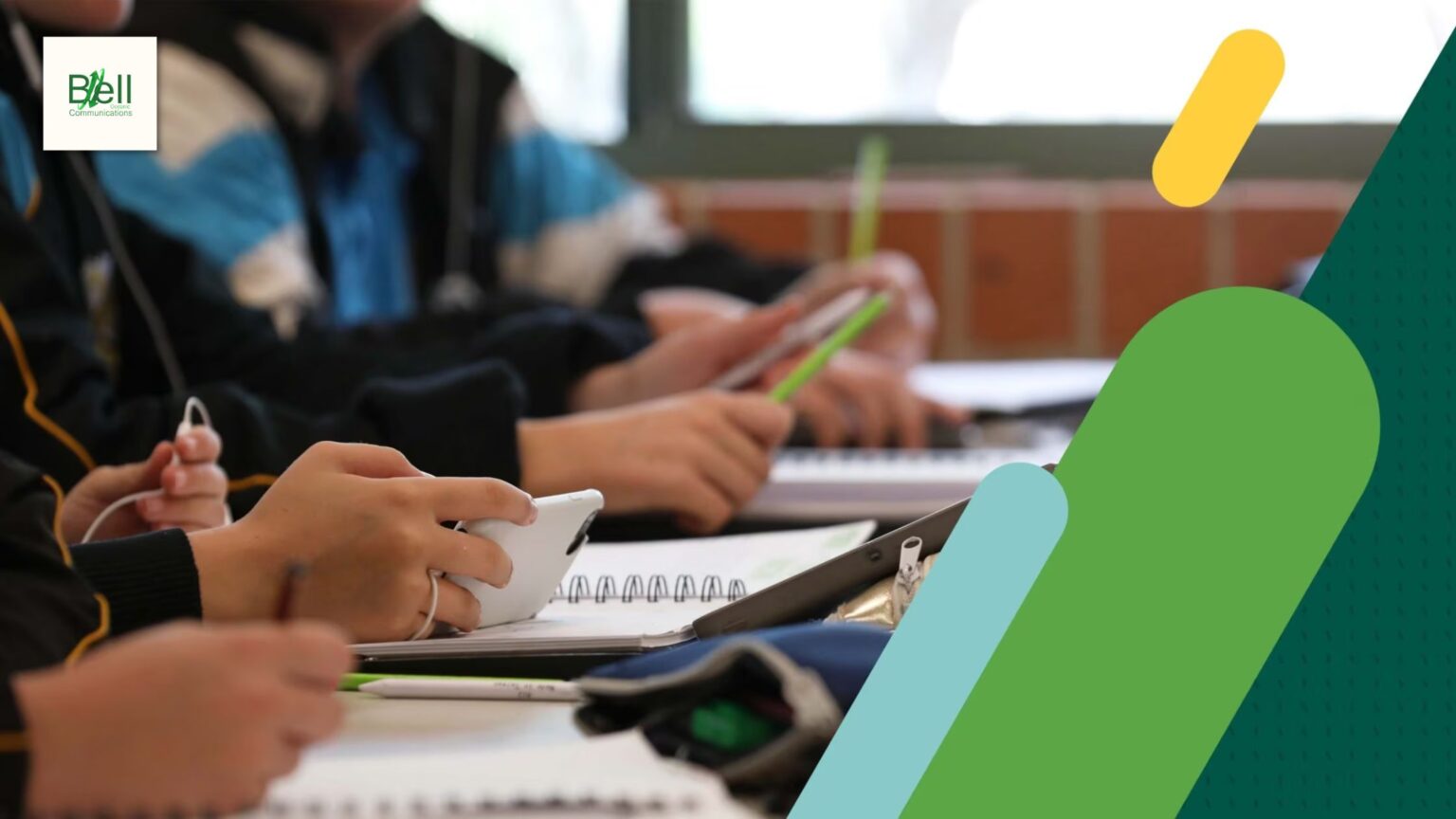Introduction:
In an increasingly digital world, access to the internet is not just a convenience; it’s a fundamental requirement for education, information access, and community engagement. Recognizing this, the Federal Communications Commission (FCC) has played a pivotal role in bridging the digital divide by supporting affordable internet access in schools and libraries across the United States through the E-Rate program. In this blog post, we will explore the FCC’s E-Rate program, its significance, and how it empowers educational institutions and libraries to provide accessible and equitable internet services.
The Digital Divide and Its Impact on Education:
The digital divide, characterized by unequal access to technology and the internet, has far-reaching consequences, particularly in the realm of education:
Educational Disparities:
Students without reliable internet access at home face challenges in completing online assignments and accessing digital learning resources.
Homework Gap:
The “homework gap” describes the inequity when students with internet access have a distinct advantage over those who do not when it comes to homework and research.
Limited Learning Opportunities:
Lack of access to the internet limits students’ exposure to online courses, digital libraries, and educational tools, hindering their learning potential.
The E-Rate Program:
The E-Rate program, formally known as the Schools and Libraries Universal Service Support Mechanism, was established by the FCC in 1996 as part of the Telecommunications Act. Its primary objective is to ensure that schools and libraries have affordable access to broadband and telecommunications services. Here’s how the program works:
Subsidized Connectivity:
E-Rate provides discounts to schools and libraries on the cost of eligible services, including broadband internet, Wi-Fi, and internal connections.
Priority System:
The program utilizes a priority system, giving the highest discounts to the neediest schools and libraries, particularly those in low-income and rural areas.
Modernization:
Over the years, E-Rate has been modernized to reflect the changing needs of educational institutions. This includes focusing on increasing Wi-Fi access and capacity.
Impact on Educational Institutions:
The E-Rate program has had a profound impact on educational institutions:
Enhanced Learning Opportunities:
Access to high-speed internet allows schools to integrate digital tools, interactive content, and online courses into their curriculum, providing students with richer learning experiences.
Digital Literacy:
Students gain valuable digital literacy skills, preparing them for the technology-driven job market.
Equity:
E-Rate helps level the playing field by ensuring that even underfunded schools and libraries can offer the same access to information and educational resources as more privileged institutions.
Community Hub:
Libraries with reliable internet access serve as community hubs, offering essential online resources, job-seeking assistance, and digital literacy programs to patrons.
Conclusion:
The FCC’s E-Rate program is a testament to the importance of affordable internet access in education and community engagement. By supporting schools and libraries with subsidies for broadband services, the program has contributed significantly to closing the digital divide in the education sector. As we continue to rely on digital resources for learning and information, the E-Rate program remains essential
 Call StatisticsOctober 4, 2023The Social and Cultural Significance of the Internet: Navigating the Digital Age
Call StatisticsOctober 4, 2023The Social and Cultural Significance of the Internet: Navigating the Digital Age Call StatisticsSeptember 29, 2023E-Rate Program FCC’s Commitment to Affordable Internet in Schools and Libraries
Call StatisticsSeptember 29, 2023E-Rate Program FCC’s Commitment to Affordable Internet in Schools and Libraries Call StatisticsSeptember 14, 2023The Role of AI in Modern Call Centers: Enhancing Efficiency and Customer Satisfaction
Call StatisticsSeptember 14, 2023The Role of AI in Modern Call Centers: Enhancing Efficiency and Customer Satisfaction Call StatisticsSeptember 14, 2023The Art of Effective Outbound Sales Calls: Strategies and Best Practices
Call StatisticsSeptember 14, 2023The Art of Effective Outbound Sales Calls: Strategies and Best Practices
